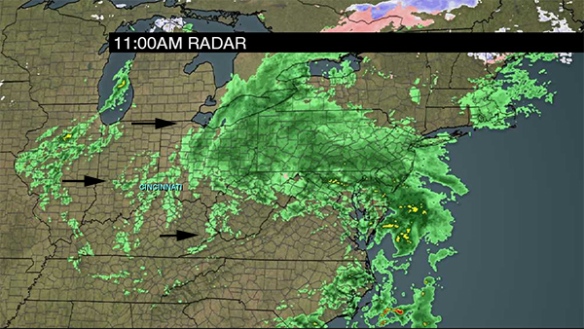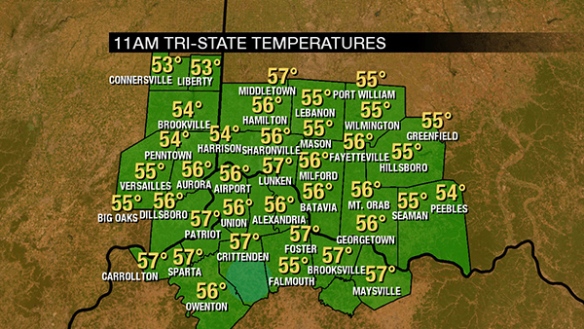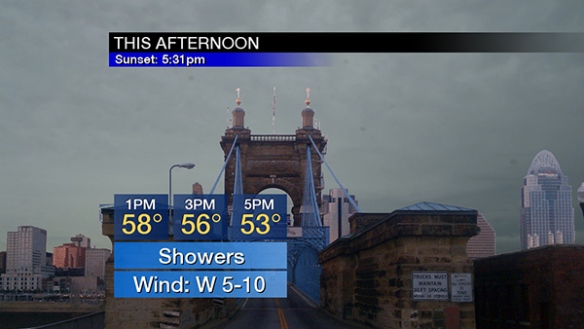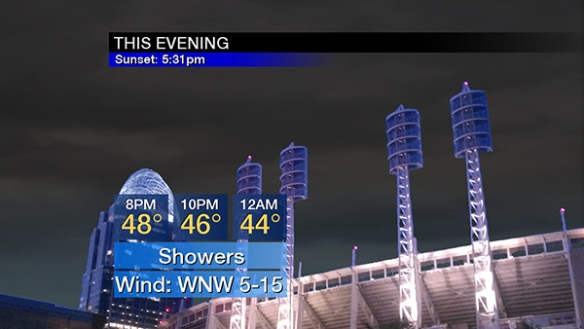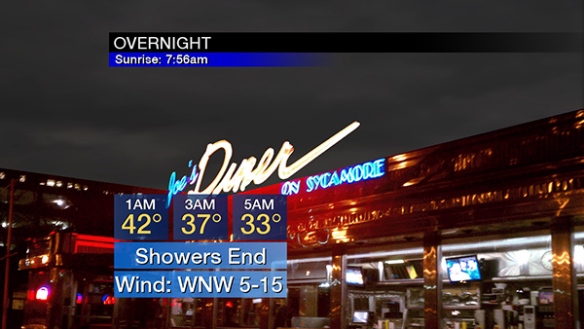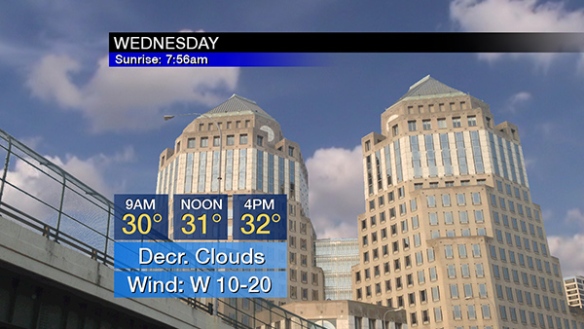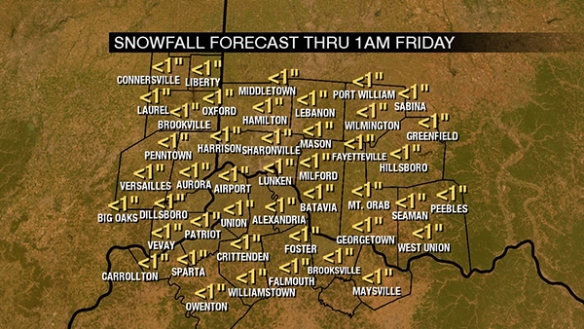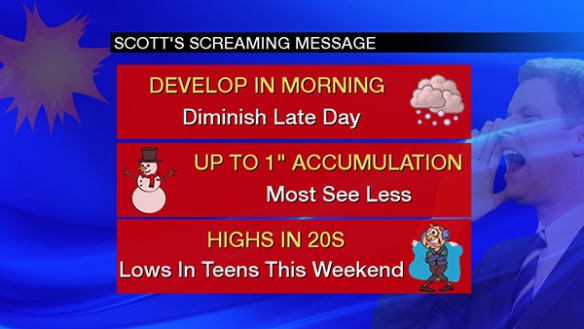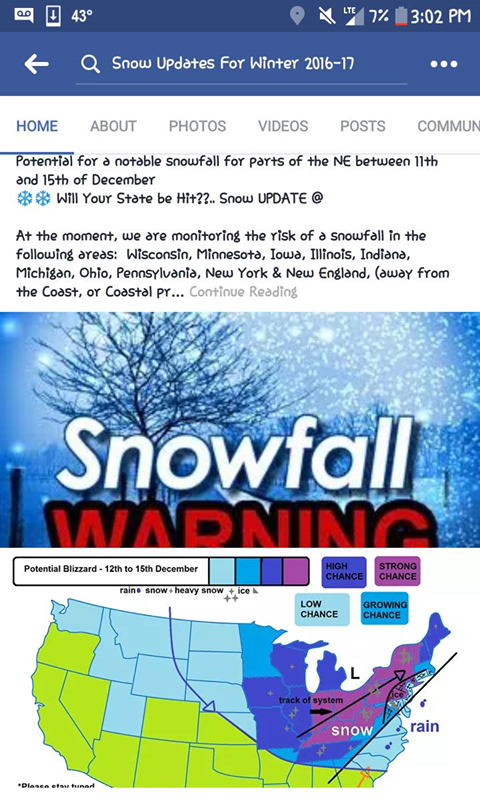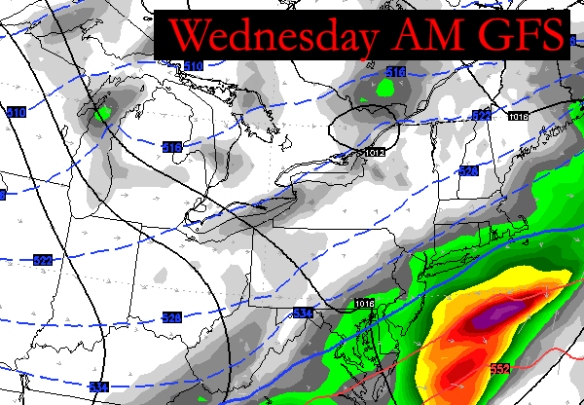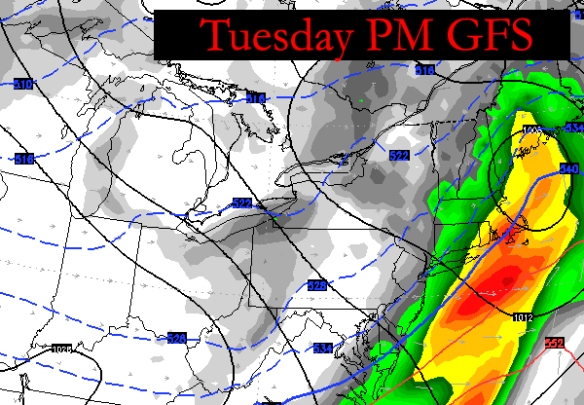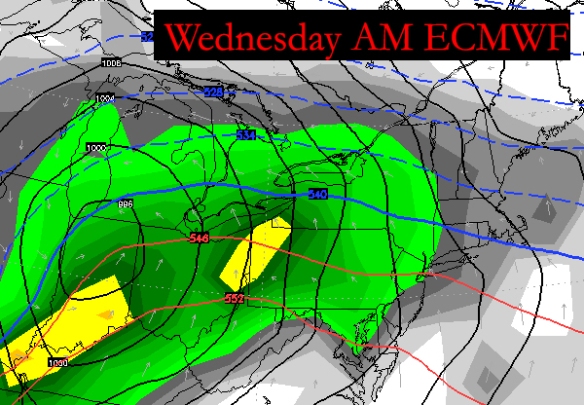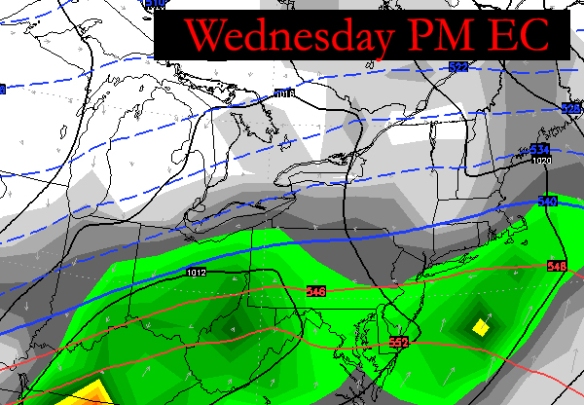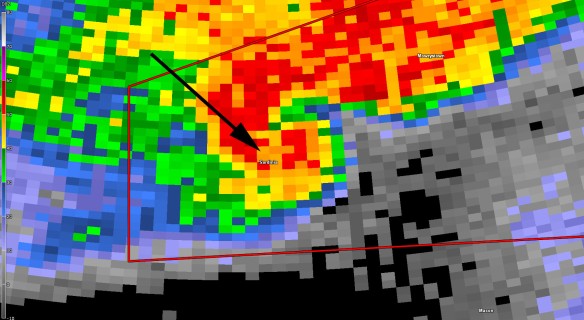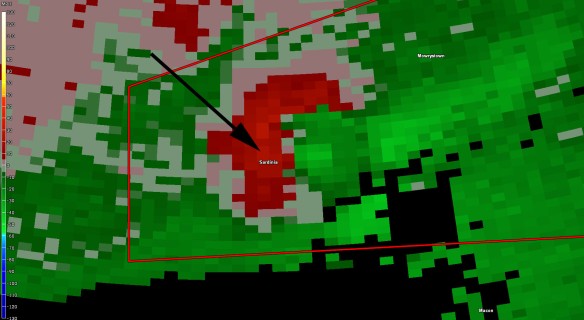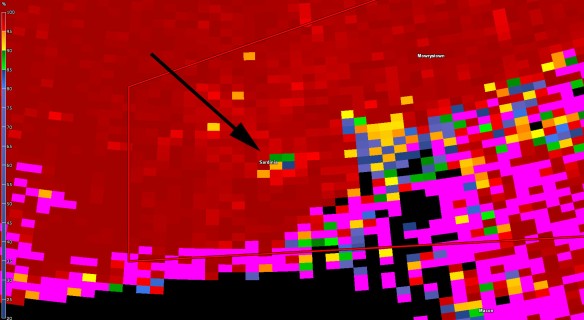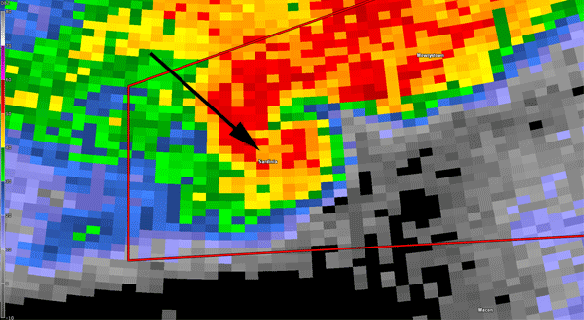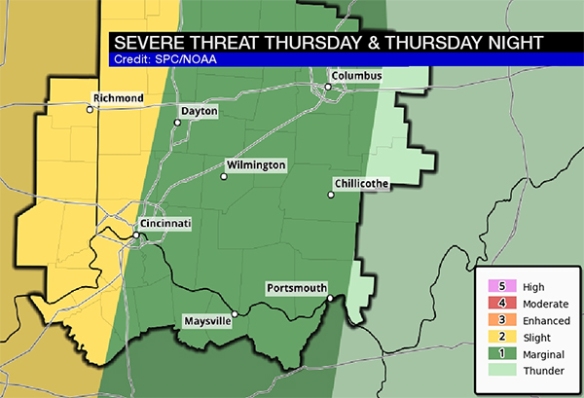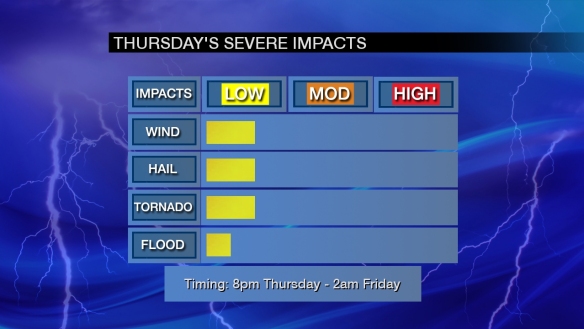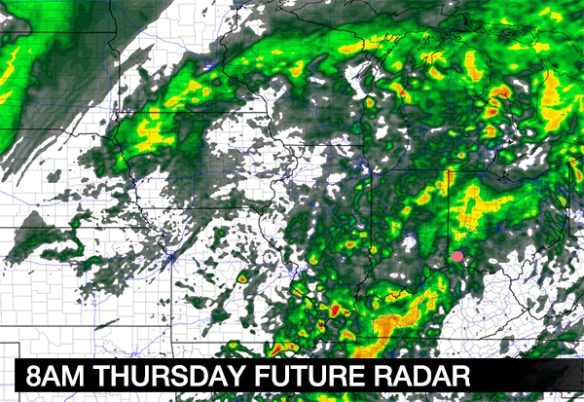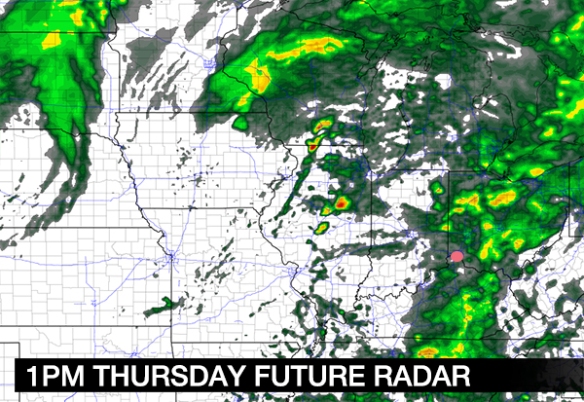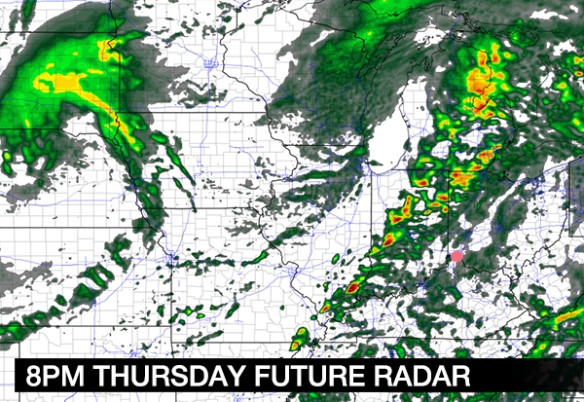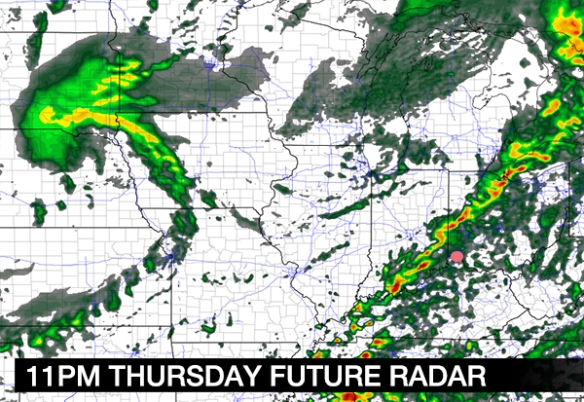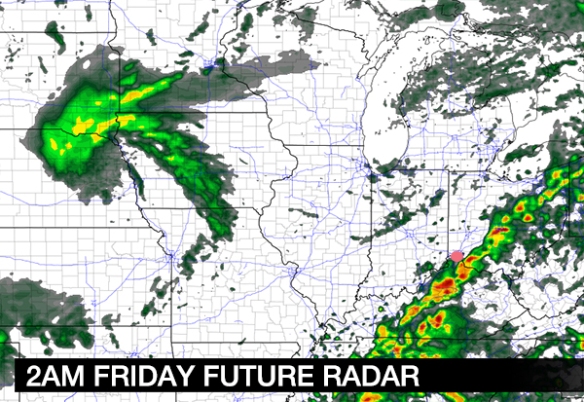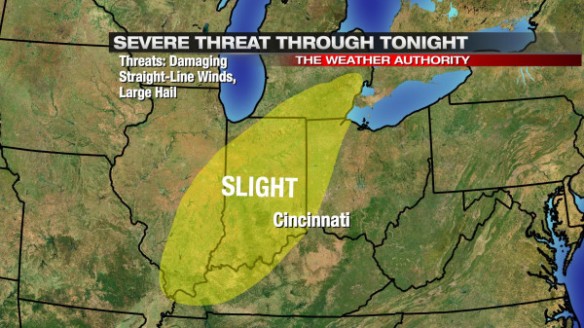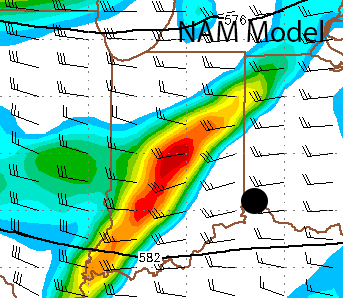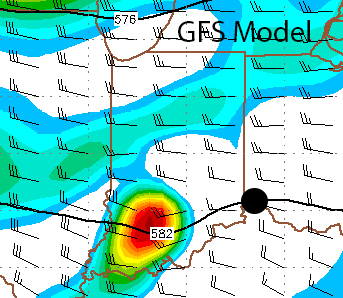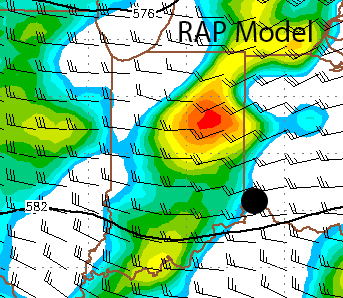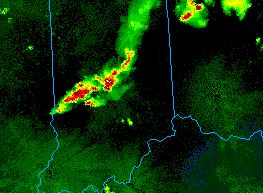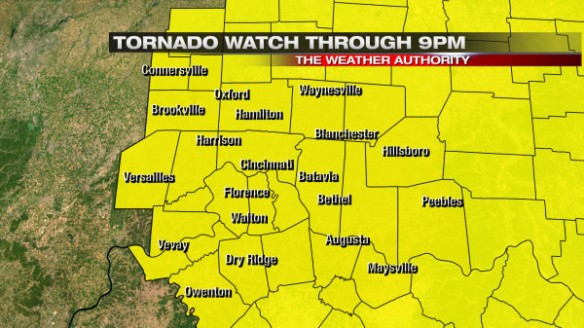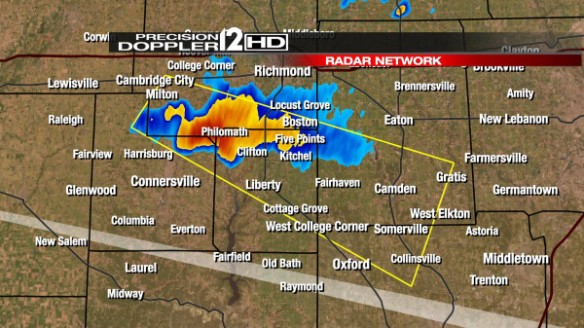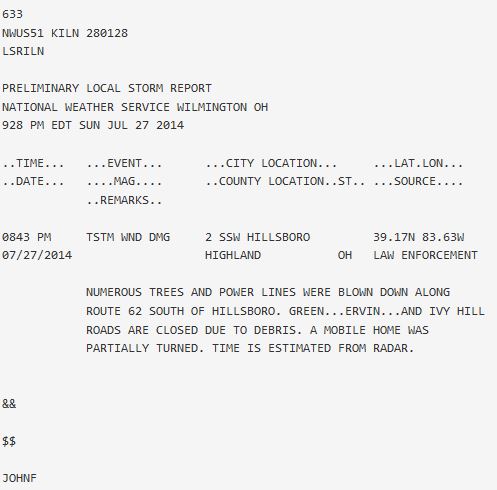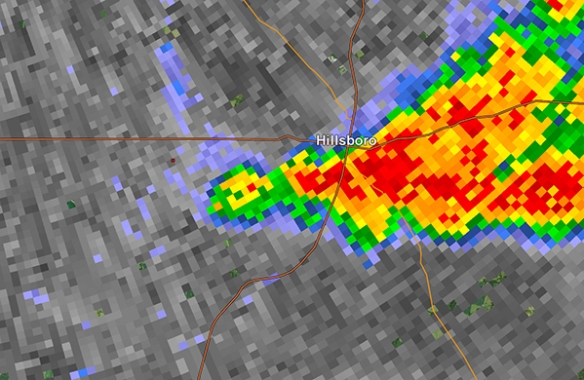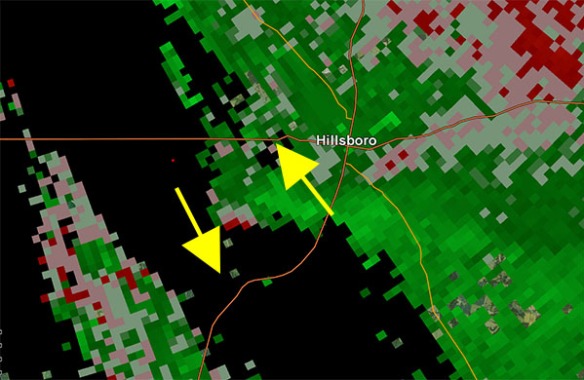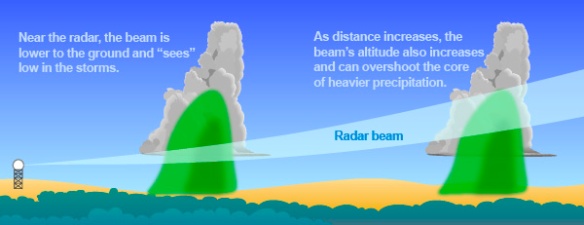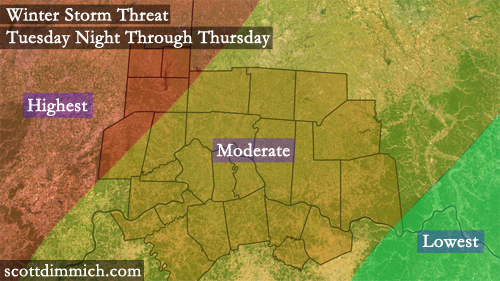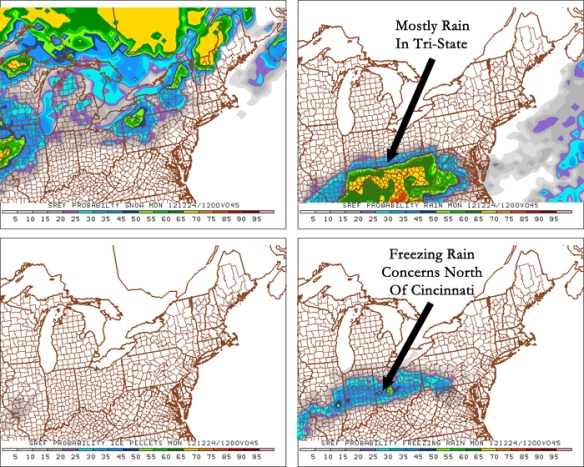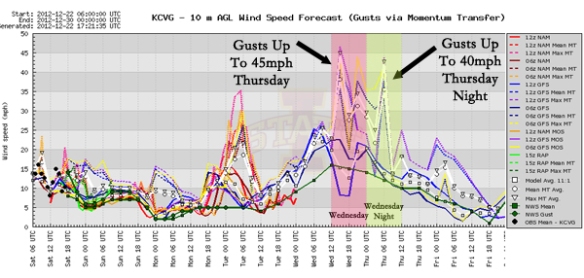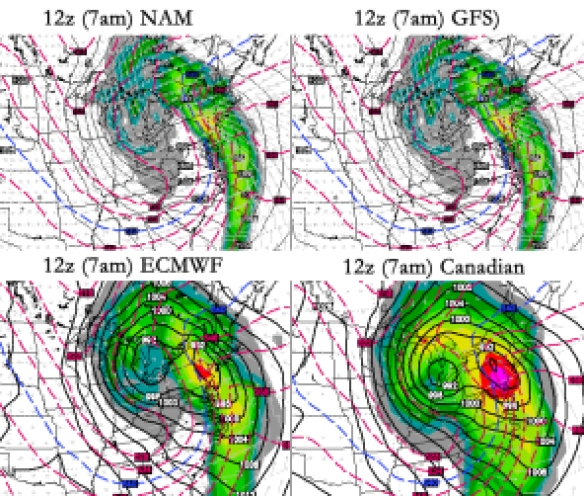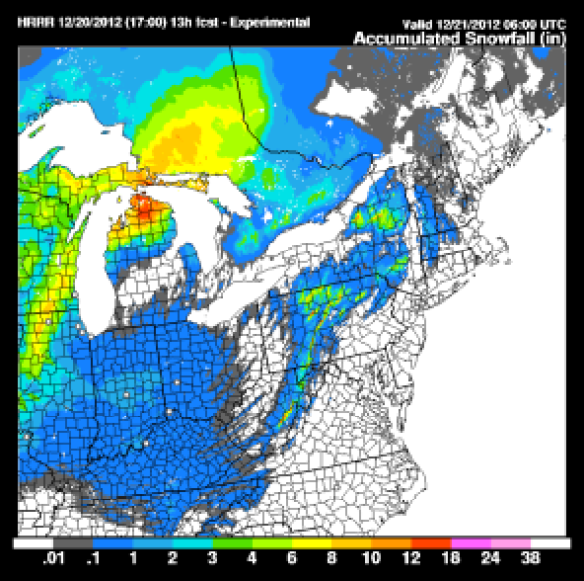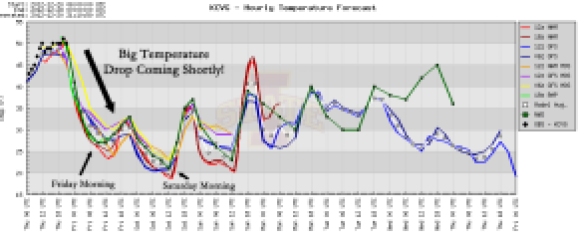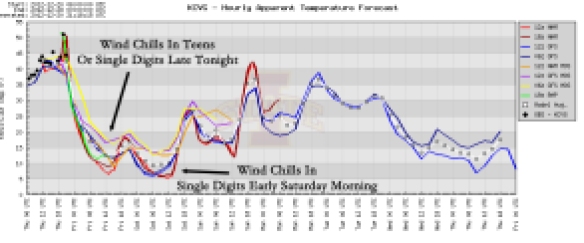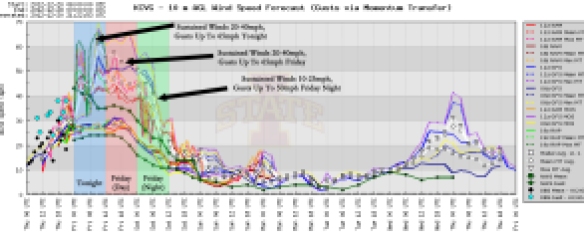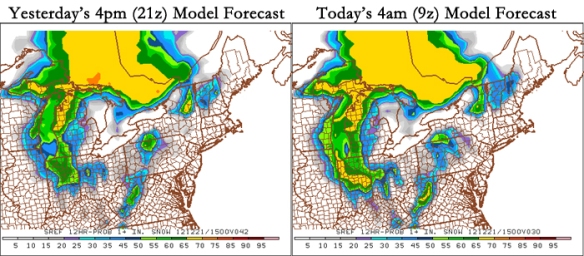No, I don’t want the Storm Prediction Center to stop issuing Tornado and Severe Thunderstorm Watches. I just want them to stop issuing the boxes.
If you’re confused, I’ll explain.
If the Storm Prediction Center feels there is an organized threat for severe or tornadic thunderstorms, they will issue a Severe Thunderstorm or Tornado Watch. But what exactly do they issue? Years ago, they would draw a parallelogram (like the one pictured below), and other text bulletins:
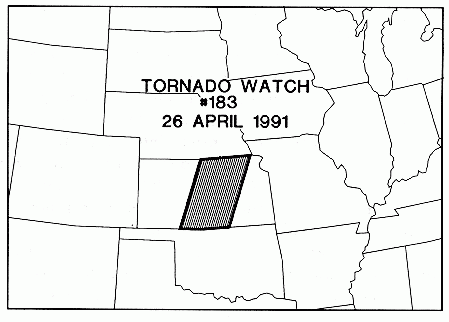
If you were in the box, you were in the watch. If you were out of the box, you weren’t in the watch. It was that simple.
Nowadays, the box is issued, but so is a list of counties in the watch. First the box comes down:
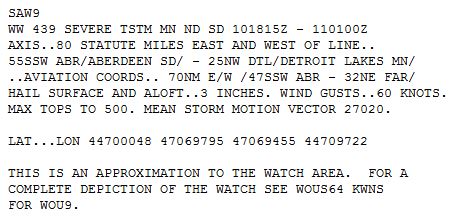
Then the county list comes down (this example is a status update, not the initial update):
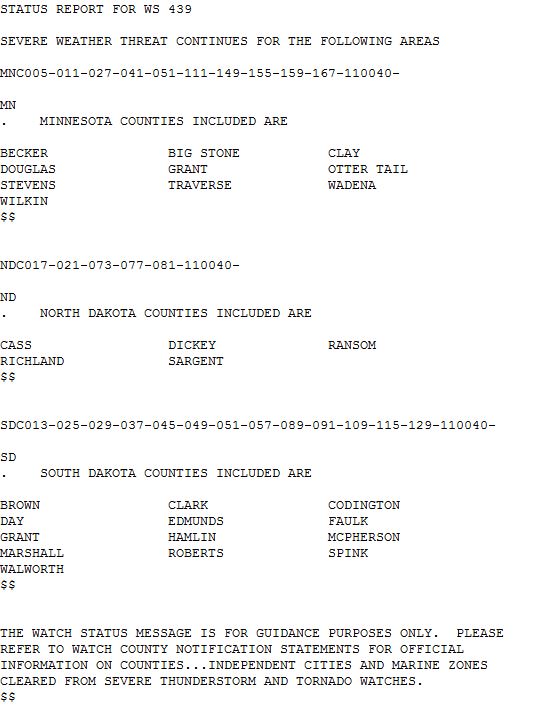
No problem, right? You see the box, you see the counties, and you know whether you are in the watch or not. Right? Not always.
Sometimes the watch and the counties don’t match up. Here’s a watch from earlier this year:
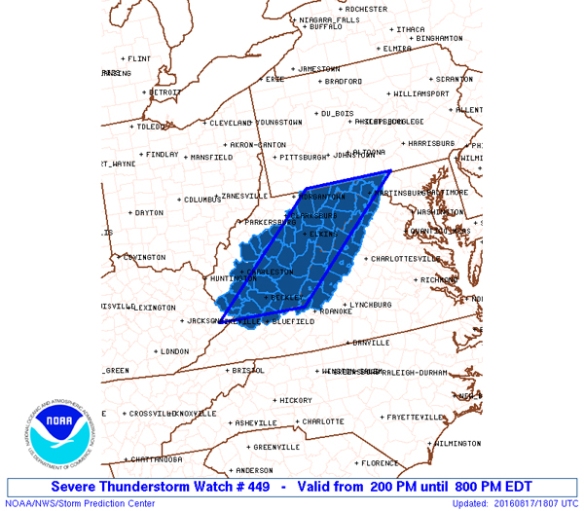
Is Charleston, West Virginia in the watch or not? Charleston is outside of the box, but is in a highlighted county. How about another example? Suppose you’re watching TV in Rapid City, South Dakota. Are you in this watch?
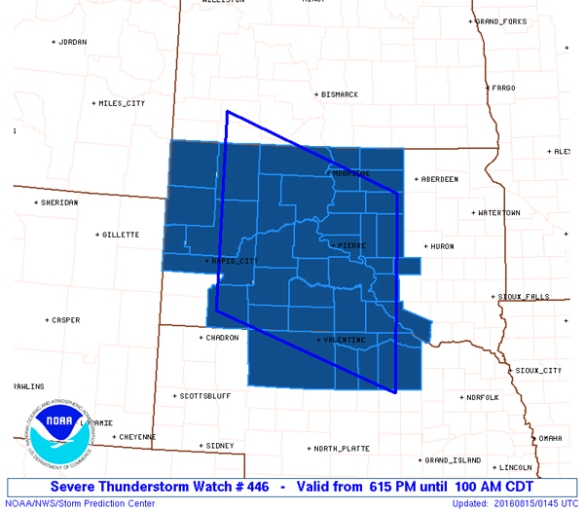
If the TV meteorologist on Channel A shows only the box, you’re “out” of the watch. If the TV meteorologist on Channel B shows only the counties, you’re “in” the watch. If the TV meteorologist on Channel C shows both, you’re “in” and “out” of the watch.
Here’s another tricky one:
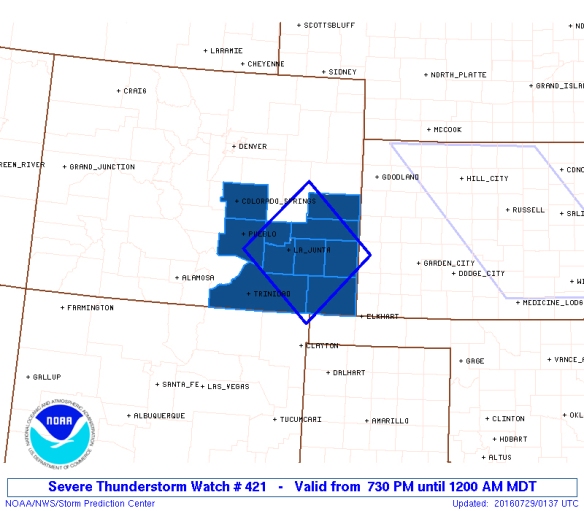
What if you were in the southeastern part of the county just east of Colorado Springs? This area is in the box, but not in a highlighted county.
How about a watch where a few counties west and north of the box aren’t even close to the edge of the box?
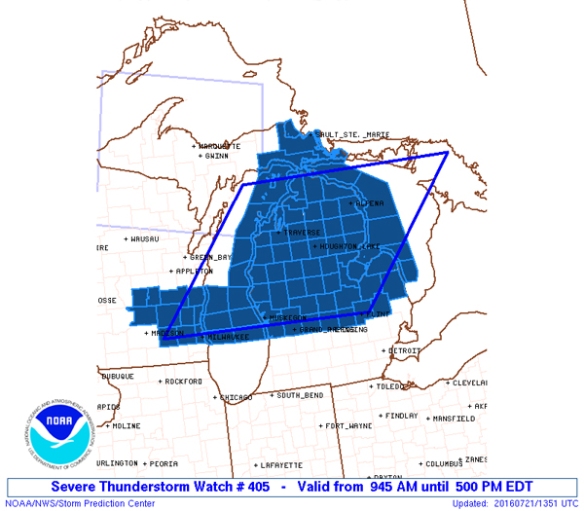
Because the box “must” be a parallelogram, SPC color outside of the lines. Or perhaps the local National Weather Service forecast office wanted to include areas in the watch, and the SPC agreed. Storms rarely fit in parallelograms.
It gets more confusing. Suppose the threat for severe storms is high, and a Particularly Dangerous Situation Tornado Watch is issued:
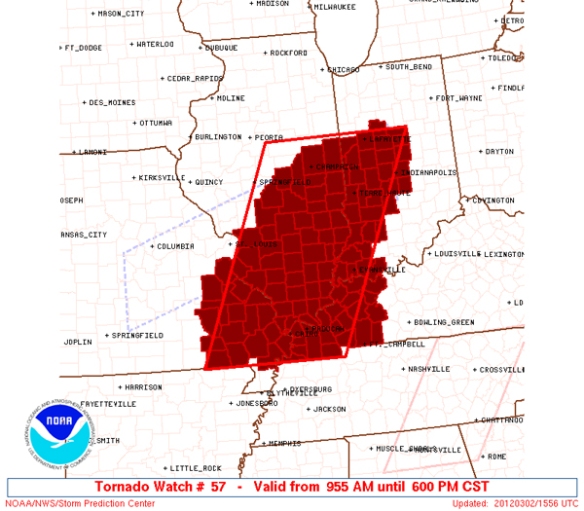
This Particularly Dangerous Situation is particularly confusing. If you’re in Fort Campbell, Kentucky, are you in this watch? This is a bad time to be unsure. There were several strong tornadoes in this watch.
What about when several counties in the box are not in the watch? It has happened.
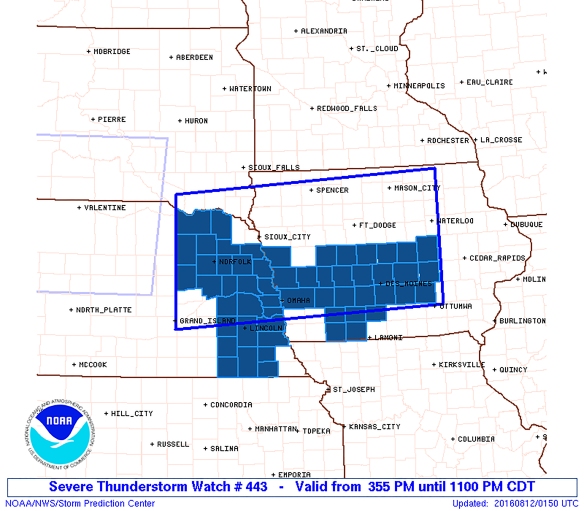
So let’s go back a second…was Charleston, West Virginia in the Severe Thunderstorm Watch above? The answer is yes. How about Rapid City, South Dakota? They were. Fort Campbell, Kentucky? Yes. The box doesn’t define the watch; the county list does. In other words, if your county is on the list, you’re in the watch. The box doesn’t matter.
Suppose a pair of watches are put up side by side, and you’re on the edge. One watch is in effect through 3am, and the other is in effect through 6am. There’s a big difference there. That’s a lot of lost sleep if you think you’re in the second watch and actually in the first.
This brings me to my point: it’s time to stop issuing Severe Thunderstorm and Tornado Watch boxes. Being in the box or out of the box means nothing, so why issue it? The box is a legacy product that is outdated and only confuses those reviewing the watch. The box idea worked in the 1960s, but it doesn’t work now. The only reason I can think the box is around is the Internet and media. Intellicast.com will show Tornado and Severe Thunderstorm Watches in box form. Some TV meteorologists will, too. I’m not sure why they do. But change is slow, so I suppose it’s easy to not make a change.
I’ll argue, however, this change needs to be made. Severe Thunderstorm and Tornado Watches are not life or death, but they are likely the most – at least least one of the – important types of watches issued. Many people have died in these watches. The last thing I want is for someone to get hurt or killed because they weren’t sure if they were in the watch.
